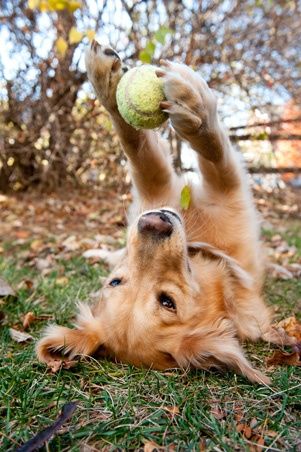Dog / Detail
Debunking the Myth: Do Dogs Need Daily Runs or Jogs?
Jonathan Bennet | 16 October 2024 | 16:10
The image of a dog bounding joyfully beside a runner is a common one. Many people believe that dogs have an innate need for daily runs or jogs to stay happy and healthy.
However, this is a misconception. While exercise is important for dogs, the intensity and frequency of physical activity vary greatly depending on the breed, age, and individual needs of each dog.
While running or jogging can be a great way to exercise your dog, it's important to remember that it's not a one-size-fits-all solution. The amount and type of exercise your dog needs will depend on their breed, age, health, and individual preferences.

Understanding Your Dog's Breed
One of the most significant factors in determining how much exercise a dog needs is their breed. High-energy breeds, such as Border Collies, German Shepherds, and Siberian Huskies, naturally require more physical activity than sedentary breeds like Bulldogs or Pugs.

On the other hand, low-energy breeds may not enjoy or benefit from intense exercise. Forcing them to run or jog can lead to stress, discomfort, or even health problems. These breeds are more suited to leisurely walks or gentle playtime.
Age and Health Considerations
A dog's age also plays a crucial role in determining their exercise needs. Puppies and senior dogs may require different levels of activity. Puppies are still growing and developing, so excessive exercise can strain their joints and bones.
It's important to gradually increase their exercise as they mature.

Senior dogs may have age-related health issues, such as arthritis or heart problems, that limit their ability to exercise.
Overexertion can exacerbate these conditions. It's essential to consult with your veterinarian to determine a suitable exercise routine for your senior dog.
Individual Needs and Preferences
Ultimately, the best way to determine how much exercise your dog needs is to observe their individual behavior and preferences. Some dogs are naturally more active than others, while some may prefer to relax more often.

Alternative Forms of Exercise
While running or jogging can be a great way to exercise your dog, it's not the only option. Here are some alternative forms of exercise that can be beneficial for dogs of all breeds and ages:

- Playing fetch: Fetch is a fun and engaging activity that can help dogs burn off energy.
- Swimming: Swimming is a great way to exercise dogs without putting stress on their joints.
- Agility training: Agility training is a challenging and mentally stimulating activity that can be enjoyed by dogs of all breeds.
- Hiking: Hiking is a great way to explore the outdoors and bond with your dog.

In addition to physical exercise, mental stimulation is also essential for dogs' overall well-being. Dogs are intelligent creatures that need mental challenges to stay engaged and happy.
You can provide mental stimulation by training your dog, teaching them new tricks, or giving them puzzle toys.
Related
-

The Healing Power of Dogs: How Canine Therapy is Revolutionizing Mental Health and Boosting Positive Energy in Humans
Dog14 November 2024
-

A Pawsitive History: Dogs of Nuremberg
Dog09 November 2024
-

The Role of Oxytocin in the Human-Dog Bond: The Science Behind Our Deep Connection
Dog06 November 2024
-

Beyond the Beach: Jamaica's Dog Lovers
Dog29 October 2024
-

A Dog's Delights: Homemade Snacks for Our Furry Babies, Recipes Included!
Dog29 October 2024
-

A Dog's Disorientation: Understanding Your Dogs' Wanderlust
Dog29 October 2024
Popular
-

-

A Pawsitive History: Dogs of Nuremberg
09 November 2024 -

-

Beyond the Beach: Jamaica's Dog Lovers
29 October 2024 -
